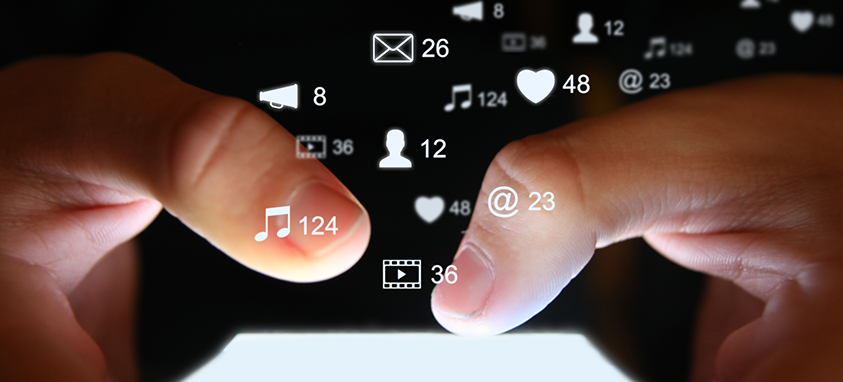Using social media for your event can seem daunting, especially when it comes to getting the best return for your hard-pressed marketing dollars. When utilizing social media as a marketing strategy, it helps to go into the campaign with metrics already in mind to determine what success will look like for your team.
Here’s everything you need to know to get started tracking your social media ROI effectively.
Objectifying Your Goals
Regardless of where you want your ads to run, you’ll need to set expectations for yourself, your team and your campaign. Is the goal just to raise awareness of your meeting? Then having as many impressions and/or reach as possible is the most important. Would you rather drive ticket sales to your conference? In that case, conversions would be more your speed, where a user “converts” to a customer by making a purchase, downloading an eBook or signing up for a newsletter.
And because each platform dictates for different content, you can set different goals depending on the platform: an awareness campaign on Twitter, for instance, but perhaps a website visit-driving campaign on Facebook.
By determining the goals ahead of time for different platforms, you can also tailor your advertising campaign’s wording and creative assets to those specific goals aimed at particular audiences—and therefore, which platform you should use.
Which Audience?
Each social media platform has an inherently different audience, depending on the type of content that excels on that platform. Instagram’s photo-centric platform lends more presence to FOMO-inducing images and aspirational imagery, whereas Twitter’s immediacy and appetite for wit allows for brands (and events) to springboard off news, memes or trends of the day to push a campaign.
Snapchat’s daily-changing content provides something new every day for its younger audience—77 percent of internet users ages 18 to 24 use the app, according to communications consultancy firm We Are Flint.
Though targeting on these platforms is a necessity, understanding what makes successful content on each platform and audience engagement will produce far better results than blasting the same content on each platform and hoping it works. For instance, ads with videos directly uploaded into Facebook often get higher engagement than ads without them, particularly with the rise of Facebook Watch and long-form videos. A GIF of a meme with a funny caption may do well on Twitter, but that type of content won’t display the same way on Instagram—and will lead to lower engagement.
Stay in the Know
You will always be able to measure the results of your campaigns on social media, and understanding those metrics—everything from impressions to cost per engagement—helps you and your marketers set tangible, accessible goals for your event as well as your team.
As the world of social media continues to mature in our digital-centered age, don’t stop learning about what works and what no longer does on those platforms. The algorithms are constantly changing and being updated, so what works today may not next year.
Definitions
Reach: How many users saw your ad, regardless of how many times
Impressions: How many times your ad was seen, regardless of how many users
Clickthrough Rate (CTR): The percentage of users that clicked on your ad (e.g., 100 impressions and 10 clicks is a 10 percent CTR)
Cost Per Mille (CPM): The price of 1,000 impressions
Cost Per Click (CPC): The price per click by a user, regardless of impression amount
Engagement: How users interacted with your ad, either by expanding it, clicking, sharing or commenting
Algorithm: Ways in which social media platforms determine what content to push to a user’s news feed or latest content, often based on how users have historically interacted with content in order to improve usability





